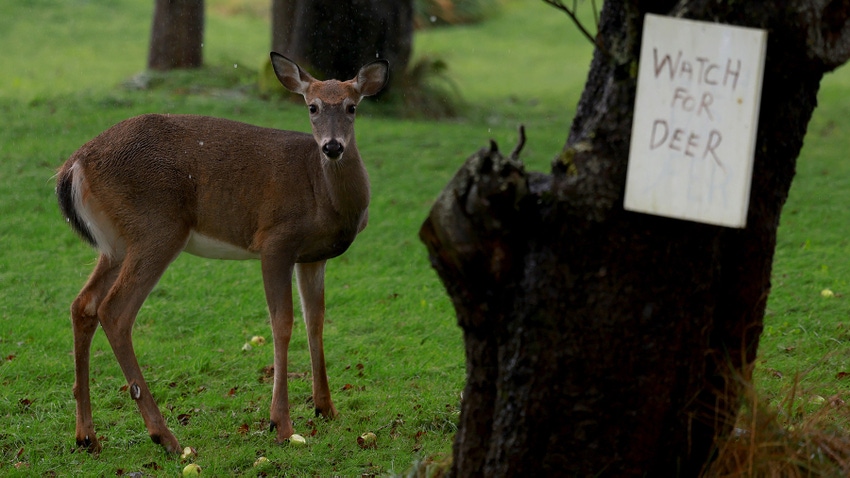
In many ways, deer are public enemy No. 1 for South Carolina cotton, soybean, and peanut farmers. Research by Clemson University reveals that the estimated losses in 2022 to these three vital cash crops were roughly $114 million.
Clemson University Wildlife Specialist Cory Heaton points out the $114 million figure does not include expenses for deer-induced replating, additional herbicide applications, additional repellents and other such costs. He notes the figures are crude extrapolations and should be considered very crude estimates given the limited data currently available.
Beyond doubt, deer are the major pest problem in the Palmetto State, a bigger worry than weeds and insects and a problem South Carolina farmers and Clemson Extension are committed to solving. That’s the good news. Clemson is conducting research to find solutions while South Carolina soybean, cotton, and peanut farmers are targeting research checkoff dollars to this vital research.
But there are challenges and finding solutions won’t come easy. Certainly, reducing the deer population to manageable numbers is key, but that is easier said than done.
South Carolina has the longest deer season in the country, running from Aug. 15 to Jan. 1, but data from the South Carolina Department of Natural Resources shows that South Carolina hunters average just one deer per season.
The deer population in South Carolina is estimated at 750,000, according to the South Carolina Department of Natural Resources 2020 deer report. The estimated 2020 statewide deer harvest was 198,000 in 2020.
The challenge is hunters prefer killing bucks, but to thin the deer population, the lesser prized does need to be killed. According to the National Deer Association, harvesting 20 to 30% of adult does will stabilize herd density. Efforts to reduce the populations through hunting, particularly the hunting of does must continue.
Orangeburg County farmer Dean Hutto, who completed his term as chairman of the South Carolina Soybean Board on Dec. 31, says urban development and deer pressure are the biggest challenges facing South Carolina farmers these days. And they are interconnected.
“It’s kind of a two-fold thing because this increased urban development and growth has cut down on habitat for the deer so where they had a field to feed to now has houses or a warehouse on it. They’re just going to move to the next field. But then you are concentrating deer down to a small area. It multiplies the problem,” Hutto told me during a break at the South Carolina Corn and Soybean Growers Annual Meeting at the Santee Conference Center in Santee Dec. 14.
Farm Bureau and the commodity groups are committed to finding a solution. Culling the deer herd is seen as vital as eradicating the boll weevil. That was achieved through research and an industrywide commitment to rid cotton of that costly pest. Managing the deer herd will take that same commitment.
Read more about:
DeerAbout the Author(s)
You May Also Like






